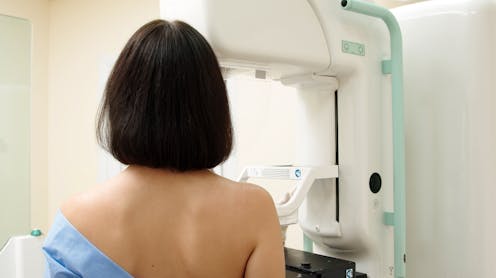The way women are screened for breast cancer in Australia may change . There’s international debate on the age women should be invited for screening. But an even larger change being considered worldwide is whether to screen women at high and low risk of breast cancer differently.
But what such a “risk-based” approach to screening might look like in Australia is not yet clear. Here’s why researchers and public health officials are floating a change to breast cancer screening in Australia, and what any changes might mean. Mass screening (known as population-based screening) for breast cancer was introduced in Australia and many other developed countries in the 1980s and 90s.

This was based on robust research that found early detection and treatment of cancers before there were symptoms prevented some women from dying from breast cancer. These programs offer regular breast cancer screening to women within a specific age group. For example, in Australia , women aged 40-74 years can have free mammograms (x-rays of the breasts) every two years.
The BreastScreen program sends invitations for screening to those aged 50-74. However, evidence has been mounting that mammography screening could be inadvertently causing harm for some women. For some, screening causes a false alarm that may cause anxiety, and unnecessary tests and procedures.
Even though these tests rule out cancer, these women may remain anxious and perceive something is wrong for many years . A more insidious har.























